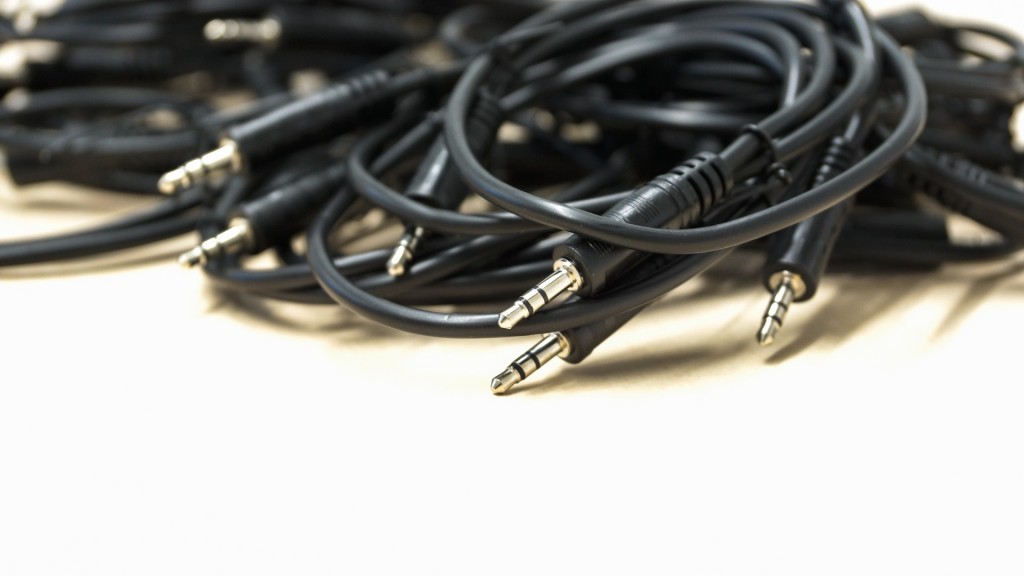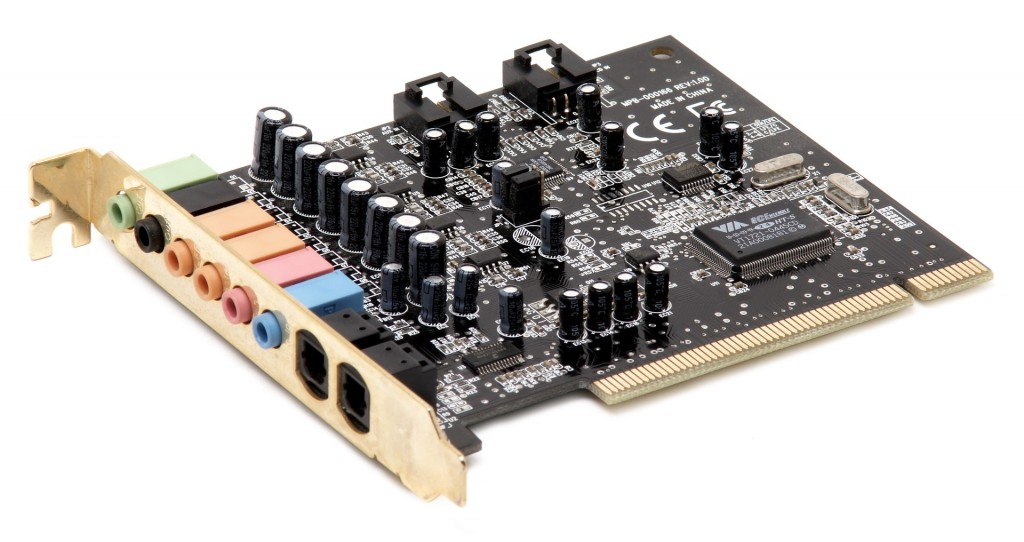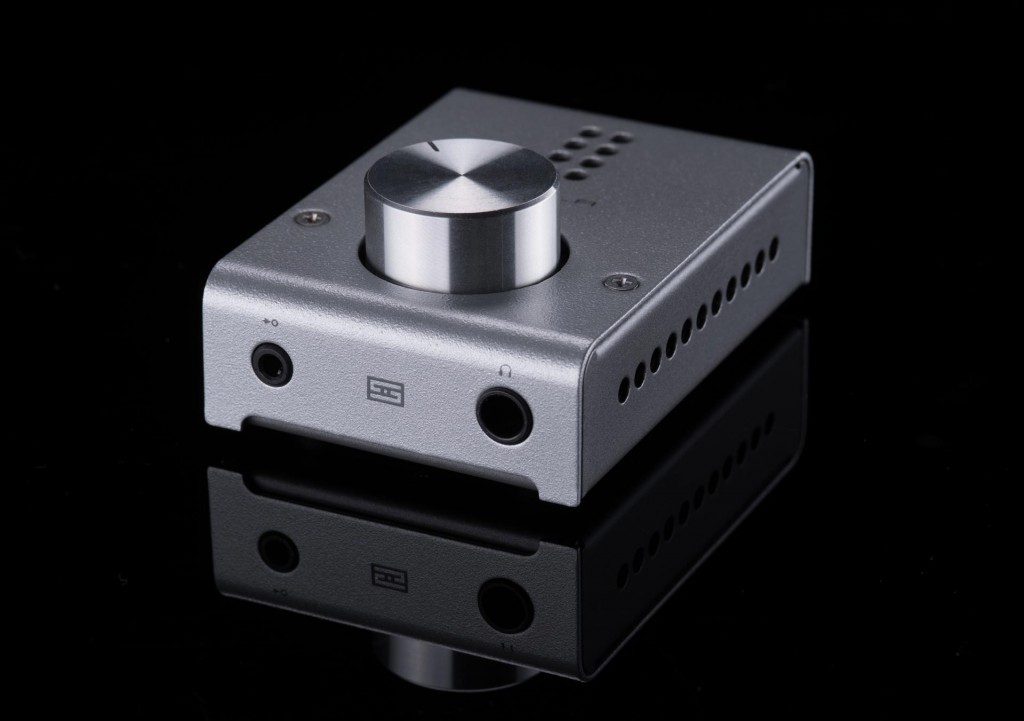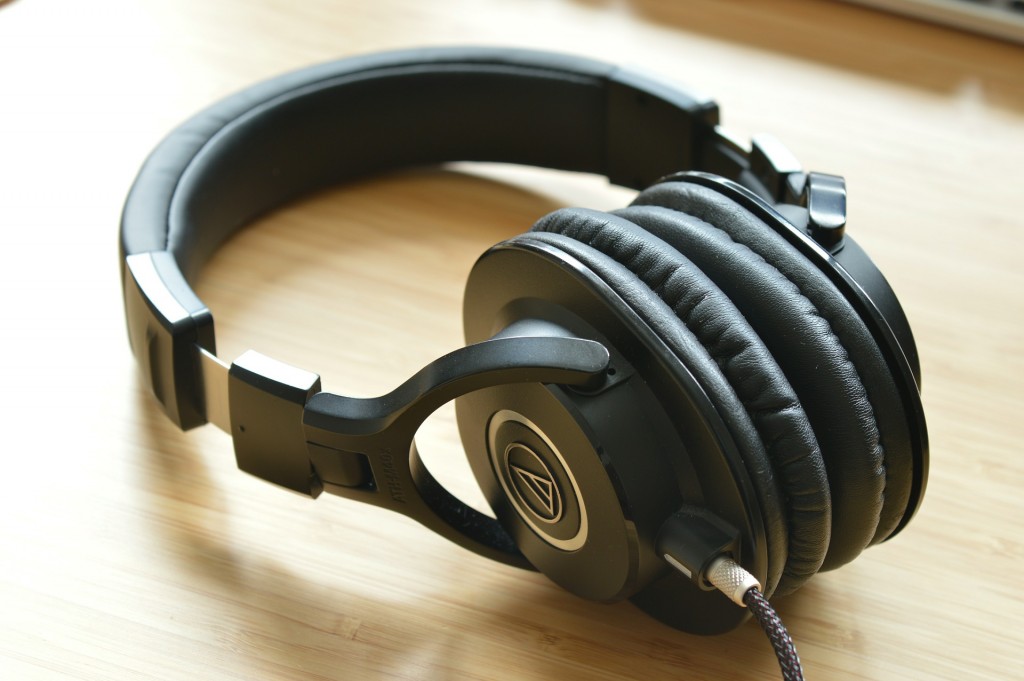Here’s how to make the most out of your PC audio
Everyone uses their computer for audio, everyone. You don’t have to be a hardcore audiophile to care about your computer’s audio capabilities. In fact, if you are a hardcore audiophile, this article isn’t for you. This article is for gamers, music fans, streaming media junkies, and anyone else who just wishes their computer would sound better.
Sound Card vs. Integrated
When it comes to improving the quality of your computer’s audio, the first thing that comes most people’s mind is an add-on sound card. The logic is pretty simple. Integrated graphics cards are kind of garbage, so buy a graphics card. If your integrated sound card has garbage-level quality, buy a sound card, right? Well, it’s not quite that clear.
In the past, it was a clear-cut choice. Integrated sound cards were terrible. Just about anything was better, so a sound card was a no-brainer.
Now, integrated sound cards certainly aren’t audiophile quality, but they’re not terrible either. Actually, with most low to mid range speakers and headphones, you’ll notice problems with your output device before your sound card.
So, do sound cards help? The answer isn’t very satisfying; maybe. A lot depends on your integrated audio, but no internal sound card is going to make a massive difference.
There’s actually a couple of dirty secrets about sound cards that the manufacturers really don’t want you to know. So, were you curious as to why a sound card doesn’t make much of a difference compared to higher end integrated solutions? It’s kind of hard for it to make a difference when it’s the same thing. Yes, you read that right. Sound cards often use the same chips that you’ll find on higher end and gaming motherboards.
If you think about it, it makes perfect sense. Does a sound chip manufacturer have a better chance of making more money selling individual sound cards or selling boatloads of chips to a big motherboard manufacturer? The answer here is clear.
There’s also a problem that even the highest end sound card could never completely fix; interference. Electronic components emit electromagnetic fields. These fields interfere with other electronic components. For most things, this doesn’t matter much. For audio components, though, it distorts signals and creates noise.
Have you seen how newer gaming motherboards have their sound card isolated in the corner of the board with a strip of LED light between the audio components and the rest of the board? That separation isn’t just for looks. It’s an attempt to cut down on interference. Unfortunately, it can never really be enough. As long as the sound card is in the computer case with the rest of the noisy electronic components, you’re going to get some interference.
So, is it hopeless? Certainly not. If you really want better audio from your PC, you need an external DAC.
What is a DAC?
A DAC is a Digital-to-Analog Converter. That might sound ridiculous. Why would you want analog? Isn’t that dated? That’s somewhat of a misinterpretation. Sound files are stored in a digital format because that’s the only way they can be stored on a computer. In reality, though, sound as we know it is analog. Humans can’t understand digital signals, and speakers certainly can’t produce them as music.
You sound card normally handles this conversion between the digital files stored on your computer and an analog format that your speakers or headphones can reproduce. A DAC serves as an external sound card, except it produces higher quality output.
Amplifiers
The term, DAC, by itself only refers to the device that converts digital to analog. That means that there is no amplification.
There are a couple of ways to handle amplification. Lower end DACs(usually in the $100 range) usually have a built-in amplifier. They’re meant for basic home use and, sometimes, portability with a laptop or phone.
For higher end configurations, you’ll need a separate amplifier. You would connect your DAC up to your computer. Then, you’d pass the output of the DAC to the amp. These configurations usually exceed $200, and can go on into insanely high-end setups.
File Formats
If your files are garbage, your sound quality is going to be garbage too. You can buy $10,000+ worth of audio equipment, but if you’re playing poorly ripped MP3s that were compressed into oblivion, they’re still going to sound terrible.
Not all audio formats are equal. There are lossless formats and lossy formats. Most people use lossy formats because they are the most popular, and they don’t even know that it’s negatively impacting their music.
The most common lossy file formats are MP3, OGG, AAC, and M4A. All of them sacrifice audio quality for smaller file sizes. None of them will allow you to get the most of your music and audio files.
There are two main lossless file types, WAV and FLAC. WAV is pretty Windows-specific, but it is supported on other platforms. FLAC stands for Free Lossless Audio Codec. It’s free and open source software, making it the best option for compatibility and portability.
If you want your music to retain the highest level of quality and detail, consider ripping it in FLAC.
Remember, you can’t magically get quality back. If you download MP3s, you can’t convert them to FLAC and get back the data that was lost when they were originally encoded. If you really love high quality music, buy CDs or vinyl.
Encoding and Compression
All audio starts out at the highest possible quality from its source material. If you’re talking about music, that’d be a CD or a record. For movies, it’s the Blu Ray. Games are a bit trickier, but most modern games have HD audio files.
When that audio is copied from that source material, it is encoded, and, in many cases, compressed. The goal is to encode without compressing files to the point where they lose quality. This means preserving the original bitrate and frequency, if possible. Some drop in bitrate, down do around 192, is usually alright, but never lower. Frequency should never go below 44100Hz. Of course, higher is always better.
Listening Equipment
Like the other steps in this chain, if your listening equipment isn’t up to the same quality as everything else, your sound will suffer.
There’s no one-size-fits-all solution here. You need to tailor your gear to your media. For example, a surround sound system is better for movies than music. A quality system won’t be bad for music, but it won’t be as good as equipment specifically for music.
Don’t buy into gimmicks. If something is made for gamers and plastered with gaming branding, it’s probably not going to provide the best sound quality. It might not be bad, but that company is selling the whole gamer aesthetic and lifestyle more than pure quality audio.
The same is true for some music products. Just because some musician endorses it, or it costs a boatload of money for looking super stylish, it doesn’t mean that it’s actually the best.
Headsets and headphones are not the same thing. Headsets include a microphone and rarely come close to headphones in terms of quality. The same can be said for microphones. If you really care about audio, buy a separate microphone and quality headphones. This is true, even for gamers.
No matter what your goal, read reviews. Compare products and test them out, if you can. Make sure you’re buying the right thing for your price range and usage.
What to Shoot for
So, If you’re not happy with your computer’s audio, start off by getting a DAC. You don’t have to go crazy with it. A ~$100 model like the AudioQuest Dragonfly, FiiO E10k, or Shiit Fulla 2 will work fine, especially if you’re upgrading from an internal sound card.
Then, get your audio files in order. Ditch the garbage MP3s and re-rip your music in FLAC, if you can. The same is true for movies. Try to keep the quality of your files up. When you’re buying new music, go for CD or Vinyl and rip it yourself. Streaming services are almost never going to use higher quality formats.
Finally, do your research on headphones and speakers. There’s way too many options out there to point you at a single pair or set, but you can definitely find reasonable quality in the $100-300 price segment for both. Stay away from gimmicky brands and look for brands with a reputation for quality. If all else fails, ask a true audiophile for advice. Just be sure to mention that you’re just starting out and don’t have a wild budget.
Follow those basic steps, and you’re going to have a much better listening experience with your computer.
Closing
The world of audio is a tricky one to navigate. There’s a ton of noise (pun intended), and it’s easy to get distracted. When you focus, though, the fundamentals are simple. Preserve the quality of your audio files, and use the right equipment to play the as accurately and clearly as possible.
That “as possible” part is important to remember. Audio is a specialist market. High end devices and equipment can easily balloon into multiple thousands of dollars. If you’ve got boatloads of money and like diminishing returns, go nuts. For most people, though, the goal is balance. There’s plenty of great products out there that might come at a small premium but will last forever and sound amazing.





















One thought on “Here’s how to make the most out of your PC audio”